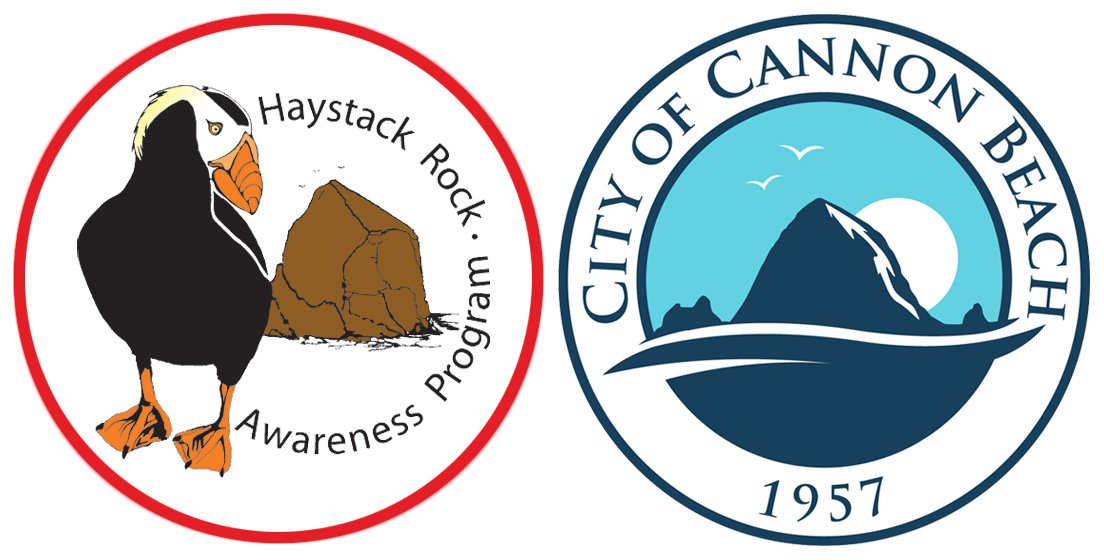Water Jelly (Aequorea victoria)
(photo credit: Zoe O’Toole)
Description: Crystal jelly, Many-ribbed hydromedusa, or water jelly are all names for clear jellies that commonly wash up on Cannon Beach in the late summer and early fall. They have a relatively flat wide bell, up to 12 cm across, covered in lines extending from the center to the outer edge. Although water jellies have tentacles, they are not always visible when washed ashore.
Habitat: Water jellies are commonly found in British Columbia, The Puget Sound, and other estuaries and bays in Oregon, Washington, and Northern California. Although they are a pelagic species, they tend to concentrate near shore.
Diet: Like many jellies, this species eats zooplankton and larval fish. They have also been seen eating other jellyfish that are more than half their size! Due to the nematocysts (stinging cells) in the tentacles of this jelly, it is not preyed upon by many species, however, sunfish, nudibranchs and other jellies do occasionally eat water jellies.
Reproduction: Once the water jelly reaches a certain size, it switches its energy from growth to reproduction. It will release gametes (eggs or sperm) into the water where they will become fertilized and settle to grow into the next hydroid polyp colony. The polyps then grow and release more medusa, starting the cycle over again.
Tide Pool Tidbits:
Water jellies are bioluminescent, meaning that they can produce light and glow in the dark.
Biological studies often use the green florescent protein that causes water jellies to glow as a marker device.
Reference: Bioluminescence, Walla Walla, Monterey Bay Aquarium


